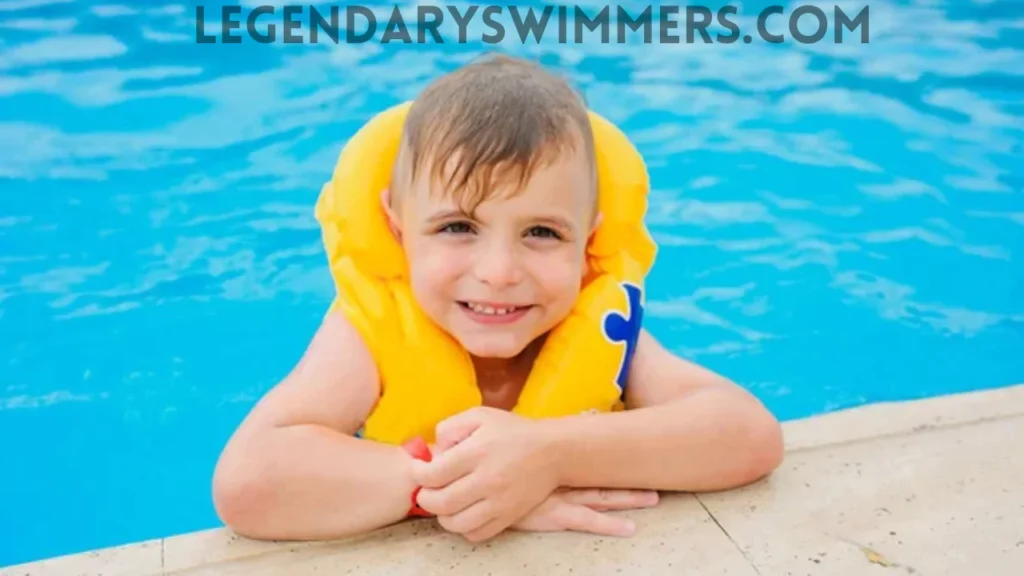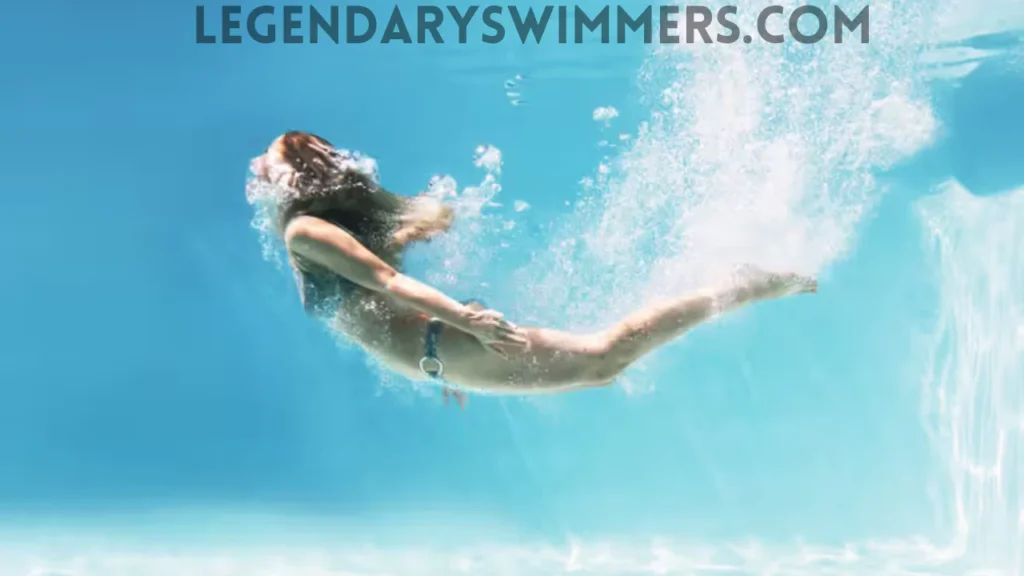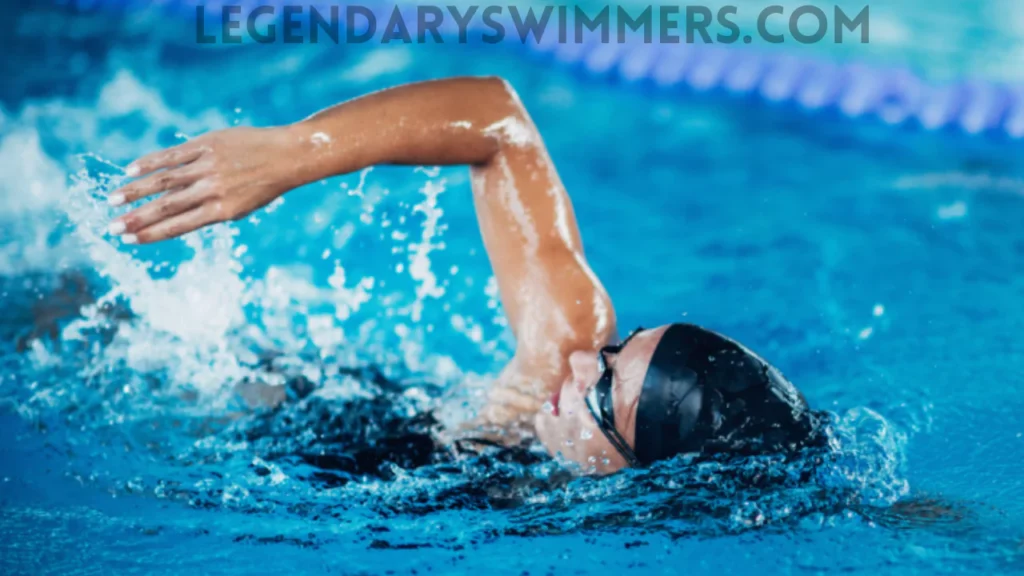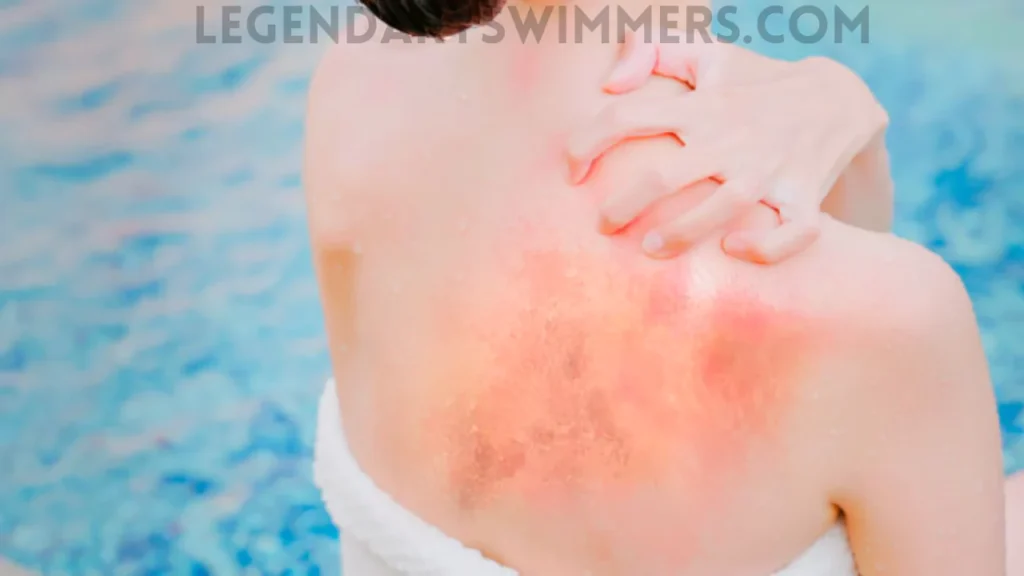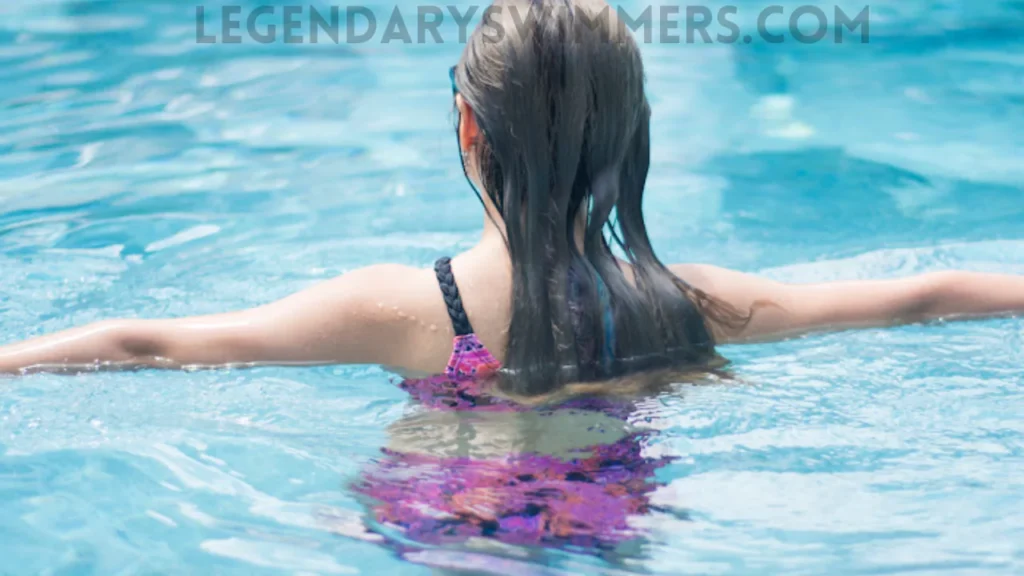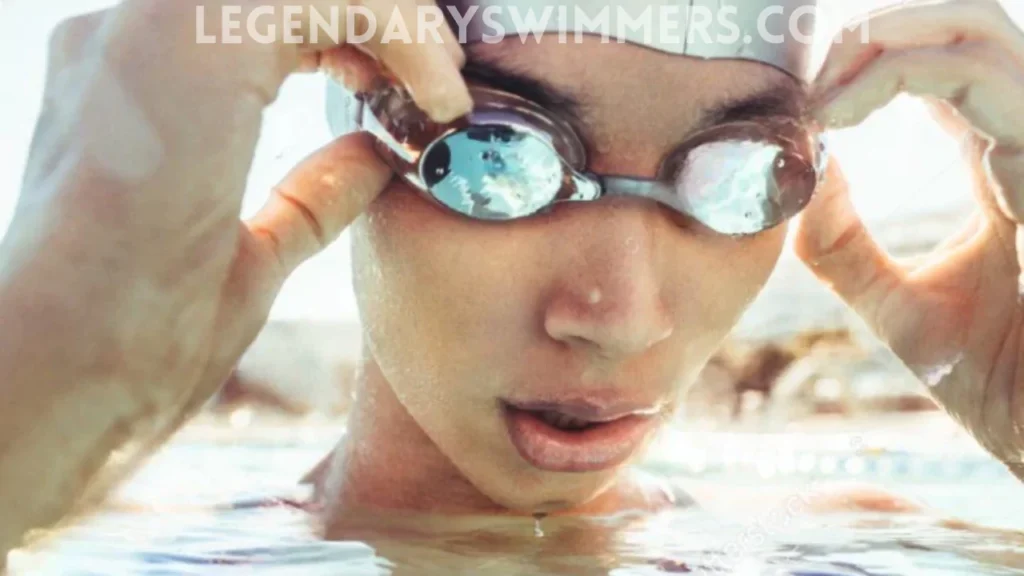Wildfire Effects on Water Quality and Swimming Pools- Cleaning Tips
Wildfires have devastating effects not only on the landscapes and communities they directly impact but also on the environment surrounding them. While the destructive power of wildfires is often measured in terms of lives lost and homes destroyed, an equally concerning consequence is their impact on water quality—especially for swimming pools. If you live in areas prone to wildfires, such as California, parts of the Pacific Northwest, or the Southwestern United States, understanding the way these fires affect the water in your pool and how to address contamination is crucial. This article explores the effects of wildfires on swimming pool water quality, the science behind the pollutants introduced into pools, and practical solutions to mitigate the damage. We will delve into the types of contaminants wildfires introduce into water, how they affect pool chemistry, and expert-recommended strategies for pool owners to manage the aftermath of a wildfire. How Wildfires Impact Swimming Pools Wildfires, even those that are miles away, can have severe consequences for the water quality in swimming pools. The primary pollutants that enter pools during a wildfire include soot, ash, and other debris, but the contamination doesn’t stop there. Compounds like carbon, nitrogen, and phosphates—often associated with wildfire smoke and ash—pose significant challenges for pool owners and operators. These contaminants can alter the chemical balance of the pool and affect both the safety and aesthetics of the water. Key Pollutants: Carbon Compounds: When organic materials burn in a wildfire, they release carbon into the atmosphere in various forms, including carbon dioxide and carbon monoxide. These carbon compounds can enter the pool through smoke and ash, raising chlorine demand and requiring extensive treatment. Nitrogen Compounds: Nitrogen, often present in the form of nitrates and nitrites, is a byproduct of combustion. These compounds can cause an increase in algae growth and disrupt the nitrogen cycle in pools. Phosphates: Wildfire smoke and ash carry significant levels of phosphates, which are notorious for encouraging algae growth in pools. Phosphates can also make it more difficult for chlorine to sanitize the pool effectively. The severity of the contamination can vary greatly depending on the proximity to the fire, prevailing winds, and weather patterns. For example, if you can smell smoke or notice hazy air, there’s a good chance your pool has been affected. Ash, Soot, and Char: Understanding the Differences While “ash” and “soot” are often used interchangeably when discussing wildfire byproducts, they are chemically distinct materials. Understanding their differences is crucial for effectively managing the cleanup process in your swimming pool. Soot: This fine, carbonaceous material forms during incomplete combustion. It is primarily made up of carbon and can settle in pools, raising chlorine demand and causing filtration issues. Char: These are the larger, irregular fragments of burned material. Char is mostly composed of carbon but remains in a more solid form compared to soot. Ash: Ash is the decarbonized residue left after the combustion of organic materials. It is composed mainly of inorganic compounds, including mineral salts, carbonates, and oxides. The fine dust that settles into your pool is typically a mix of soot and ash, which complicates the task of maintaining water chemistry. Not only do these contaminants affect chlorine efficiency, but they can also disrupt the pH balance of your pool, making the water more alkaline. Airborne Ash and Smoke: How Far Do They Travel? One of the most concerning aspects of wildfires is the long-range travel of smoke and ash. These particles can travel hundreds or even thousands of miles from the source of the fire. For example, smoke from wildfires in Canada has been known to affect air quality across large parts of the United States. As the ash and smoke travel, they settle into water sources—including swimming pools—along the way. Pools in regions affected by wildfire smoke may experience chemical imbalances due to airborne pollutants. This includes increased nitrogen, phosphate, and carbon levels, which make it more difficult for pool owners to maintain clean and clear water. The farther a pool is from the fire, the less severe the impact, but it’s still essential to be aware of potential contamination even if you’re not in the immediate vicinity of the fire. The Cleanup Process: Removing Ash and Debris from Pools After a wildfire, pools may accumulate significant debris such as ash, char, and other particles. This debris needs to be removed promptly to prevent further contamination and to maintain the efficiency of the pool’s filtration system. Steps for Cleaning Wildfire Debris from Pools: Physical Removal: Ash and debris must be removed manually, as relying on a pool’s filtration system alone will not be sufficient. Use a mesh net with a finer micron rating to capture the small particles. This may require a specialized net, as typical pool nets are designed to capture larger debris. Vacuuming and Filtration: After physically removing debris, vacuum the pool and ensure that the filtration system is working efficiently. This will help clear out any remaining particles in the water. Cleaning the Deck: The pool deck may also collect ash and soot, so cleaning it with a garden hose can prevent additional contaminants from entering the water when the wind picks up. The Role of Fire Retardants in Pool Contamination In areas where firefighting efforts are intensive, fire retardants may be used to help control the blaze. These retardants often contain high levels of ammonium phosphate and other fertilizers. While they are effective at combating fires, these chemicals can also find their way into pools, especially if they are located near areas where firefighting aircraft are deployed. Fire retardants contain phosphates, which, as mentioned earlier, are harmful to pool water. If you notice a significant increase in algae growth or cloudiness in your pool after a wildfire, it could be due to these chemicals. In such cases, draining and refilling the pool may be the most effective way to address the issue. Proactive Pool Chemistry Against Wildfire Contamination It is essential for pool owners to be proactive in maintaining pool water
Wildfire Effects on Water Quality and Swimming Pools- Cleaning Tips Read More »


